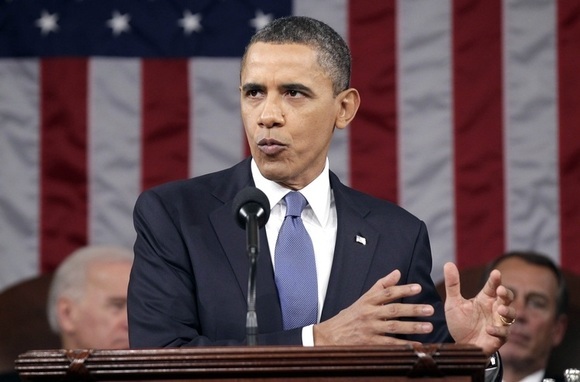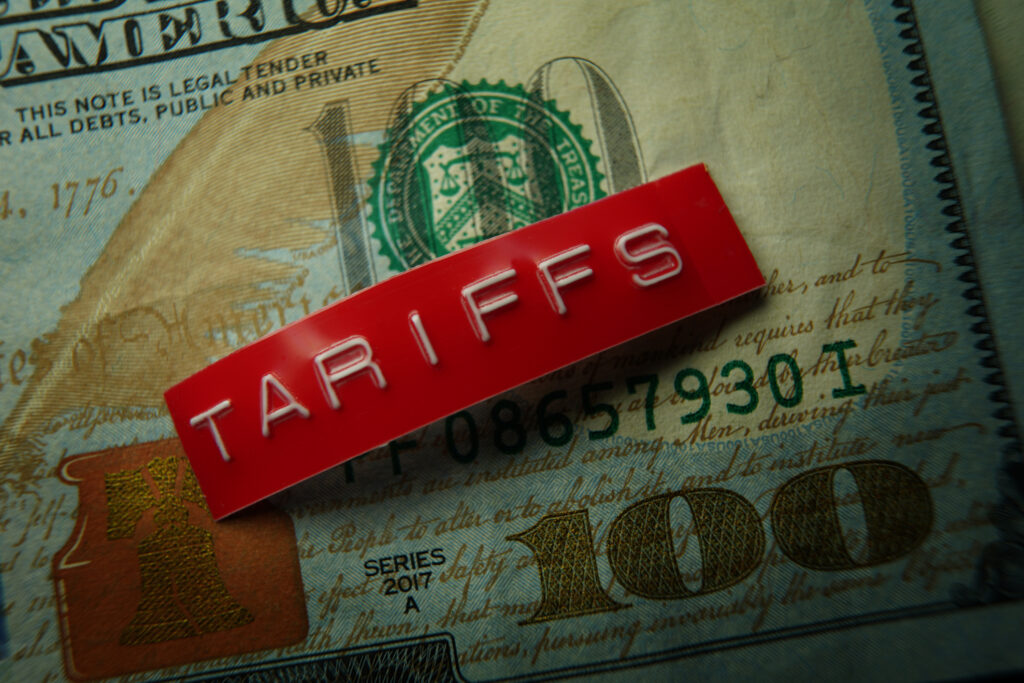President Obama says he is for more jobs, a stronger economy, and the middle class, but his actions work against all of them.
Ben Franklin said, “Experience is a dear teacher, but fools will learn at no other.” Obama has learned nothing from the Keynesian experiences of the United States or other nations. For him, it is as though economic history never existed. He fits Nobel Prize-winning economist Friedrich Hayek’s observation that the most orthodox disciples of Keynes have consistently “thrown overboard . . . all that used to be the backbone of economic theory, and in consequence, in my opinion, to have ceased to understand any economics.”
Obama claims we need a $447 billion spending bill to create jobs and stimulate the economy. He has learned nothing from the results of his earlier $800+ billion stimulus. It and other federal spending produced a massive increase in the money supply, yet were ineffective in stimulating the economy or job growth. Unemployment remains stubbornly at 9 percent.
The “recovery”—if you can call it that—has been far weaker and slower than previous recessions that didn’t have such stimulus spending.
Cover for Big Government
The idea that government spending would stimulate the economy was the brainchild of John Maynard Keynes in the 1930s. He claimed spending was the driver of the economy and that government spending produced a “multiplier” effect as the dollars were, in turn, spent again and again throughout the economy. He had no evidence to support this. Keynes biographer Hunter Lewis says Keynes “wasn’t particularly interested in evidence.”
But the idea sounded superficially plausible enough to provide intellectual cover for what Franklin Roosevelt—and many politicians since—wanted to do anyway: massive spending for political and ideological purposes.
Instead of ending the Great Depression, massive government spending extended it. Nobel Laureate Robert Lucas and Leonard Rapping conclude that on just the basis of Federal Reserve Policy, the economy should have been back to normal by 1935.
Economics professors Harold L. Cole and Lee E. Ohanian state, “We have calculated on the basis of just productivity growth that employment and investment should have been back to normal levels by 1936.” FDR’s New Deal policies prevented that recovery. And Obama’s policies are having the same adverse effect on the economy today.
Dubious Multiplier Math
The Obama stimulus bill was based on a Keynesian multiplier of 1.50, meaning the GDP will increase by $1.50 for every additional dollar of government spending. This was voiced repeatedly by the Obama administration, but there is no evidence the multiplier is valid. If the multiplier really were larger than 1.0, the GDP would rise even more than the rise in government spending. The United States, Greece, and other spendthrift countries wouldn’t be going broke—they’d be getting richer the more they spent.
Harvard professor Robert J. Barro has done extensive research on Keynesian multipliers. A recent study by Barro and Charles J. Redlick found a multiplier effect of 0.4 to 0.7. The late Gerald W. Scully, a professor of economics at the University of Texas at Dallas, analyzed federal outlays and GPD from 1947 to 2007 and found a multiplier of only 0.46.
A study by Harvard’s Alberto Alesina of 91 fiscal stimulus programs in 21 developed countries from 1970 to 2007 found tax cuts were more stimulative than government spending. Alesina even found 107 instances since 1980 when governments quickened economic growth by cutting budget deficits. His findings are the opposite of Obama’s program of stimulus spending and increased deficits.
Job-Growth Tax Cuts
A 2009 World Bank and Harvard University study of economic growth and entrepreneurship found lower tax rates on firms are powerful spurs to job growth and business startups.
What makes the economy grow is not transferring more money to the government to spend but leaving it in private hands, where savings and investments are used to make workers more productive.
The research by Barro and Redlick found that if government spending is funded by taxes, the multiplier is -1.1. In other words, if the government raises taxes by $1, the economy will shrink by $1.1.
Christina Romer, in a study with her economist husband David before she became Obama’s economic advisor, found multipliers from tax cuts “have very large and persistent positive output effects.” They concluded tax cuts have a multiplier of about 3.0. This means one dollar of tax cuts raises GDP by about $3.
Economist Brian Wesbury writes, “If you take a look at the U.S. economy since 1960, the larger government share of GDP, the higher the unemployment rate. In other words, when it comes to jobs, government spending has a multiplier of less than one—government spending destroys jobs.”
A transatlantic team of four economists—John F. Cogan and John B. Taylor of Stanford University and Tobias Cwik and Volker Wieland of Goethe University—found the Obama administration’s outmoded Keynesian models yielded estimates for stimulus growth six times as large as they could produce under modern Keynesian simulations.
President Obama’s proposal for tax increases and $447 billion more in federal spending shows he hasn’t learned a thing. Nor have those who still support him.
Edmund Contoski ([email protected]) is a researcher and lecturer on international monetary issues and the author of three books, including Makers and Takers: How Wealth and Progress Are Made and How They are Taken Away or Prevented.




